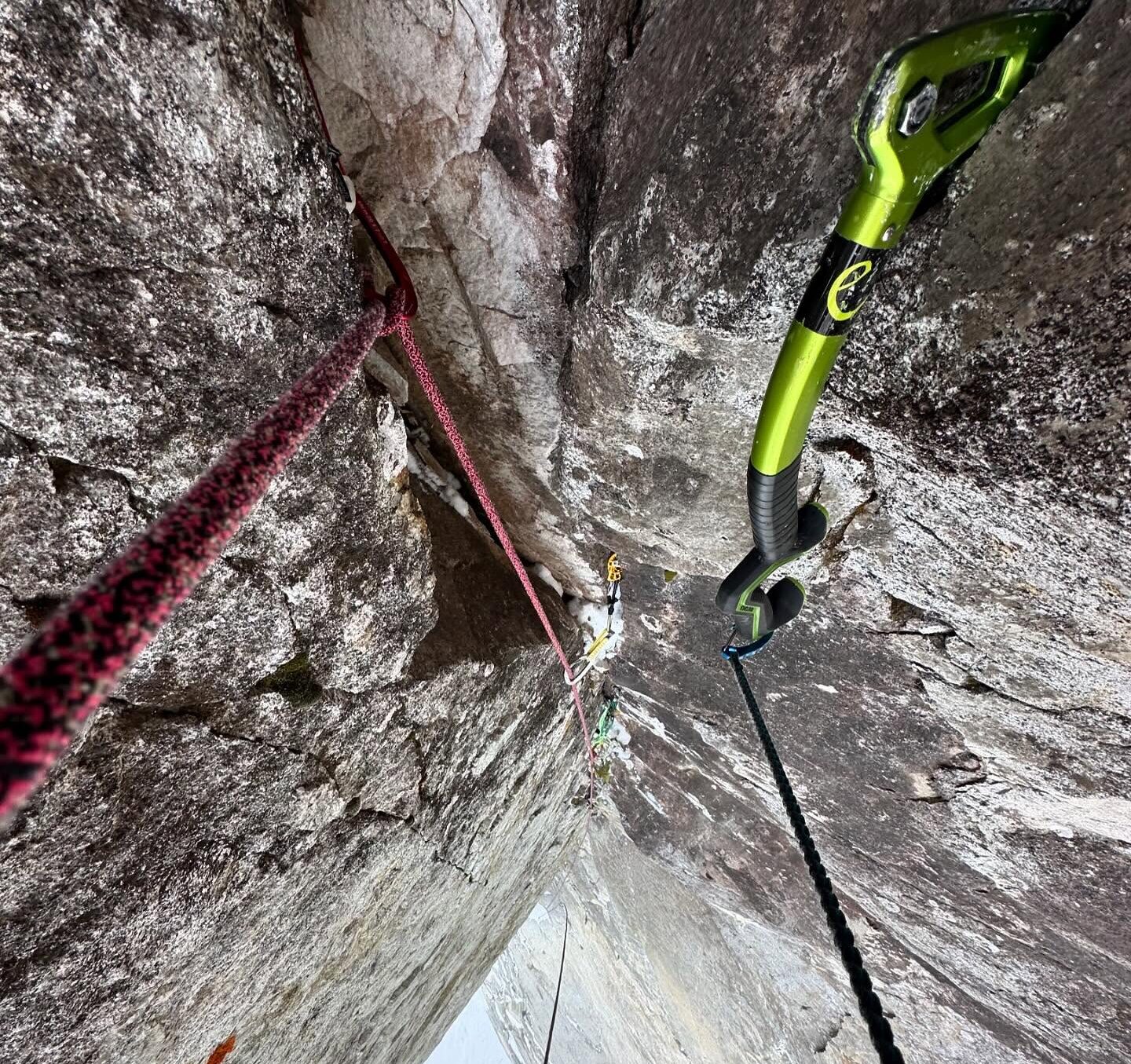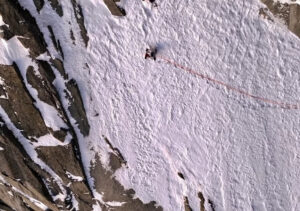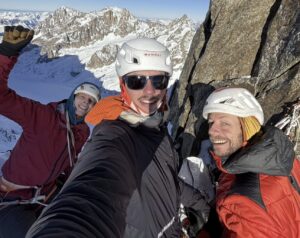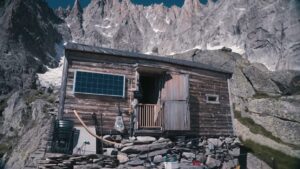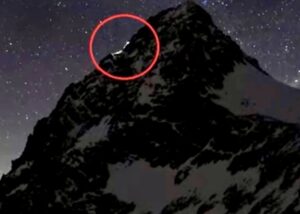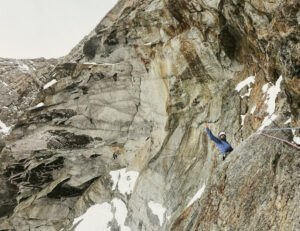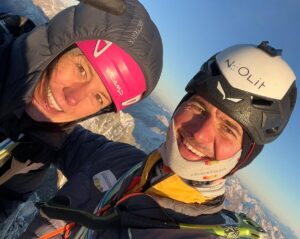Several teams in the European Alps did some excellent climbs, thanks to ideal weather and conditions in mid-April. Simon Gietl achieved a memorable new solo route, while Philipp Bruger completed two North Face Trilogies (with different partners) in record time. This was a hectic week.
Trilogy 1: Eiger-Mönch-Jungfrau
On April 5, Philipp Brugger of Austria and Nicolas Hojac of Switzerland climbed the three legendary North Faces of the Swiss Bernese Alps: The Eiger, Mönch, and Jungfrau. They finished in just 15 hours and 30 minutes.
Stephan Siegrist and the late Ueli Steck set the previous record 21 years ago, finishing in 25 hours. Interestingly, Steck was the mentor of Hojac, the new co-record holder.
Brugger and Hojac started at 1 am and nailed the North Face of the Eiger in five hours and 43 minutes via the classic Heckmair Route. Then they moved to the Mönch, where they climbed the Lauper Route before descending to Jungfraujoch, a railway station between the Mönch and Jungfrau.
After a quick break for some French fries with the train maintenance staff, they climbed to the summit of the Jungfrau. This was the highest point of the traverse at 4,158m, and they arrived at 4:30 pm.
The climbers were overjoyed with their time. Their goal was to complete the traverse within 24 hours. The moment was especially moving for Brugger, who had spent a year recovering from a perforated bowel.
“I never would have thought that I would be standing on the Jungfrau with Nico [Hojac] one year later,” Brugger said.
Nicolas Hojac and Philipp Brugger descend from the summit of the Mönch. Photo: Red Bull Pool Content
Feeling fit, Brugger didn’t stop with that traverse. A week later, he was involved in a similar feat.
Trilogy 2: Valsertal
On April 12, Brugger teamed up with Lukas Waldner for another excellent trilogy. This time, he climbed the three North Faces of the Valsertal in the Austrian Tyrol: Fussstein, Schrammacher, and Sagwand.
Waldner, who had developed the plan, had also set 24 hours as the goal of their traverse.
Climbing under the moonlight. Photo: Philipp Brugger
The strategy was similar to that in Switzerland. They departed for the North Spur of Fussstein just after midnight, which they “ran” up in one hour and 45 minutes. They descended equally fast via the West Face. Then they continued to the Schrammacher.
“We lost a bit of time since we had to break trail up the entire face, and some of the climbing sections were a bit dry. Still, we topped out after three hours and 15 minutes,” Waldner wrote on social media.
The pair then downclimbed the ridge and proceeded to the base of the Sagwand North Face. They found a good track that helped them to reach the summit in two hours and 50 minutes.
Their total time was 11 hours and 50 minutes, and the climbing time alone was seven hours and 50 minutes.
Brugger and Waldern on one of the summits. Photo: Philipp Brugger
Simon Gietl solo first ascent
That same day (April 12), Simon Gietl from South Tyrol soloed a new M7, A0 route on Wildgall Peak. Wildgall is part of the Rieserferner group in South Tyrol, and the face has several routes. Gietl’s route is the first ascent to the 300m Northeast Pillar.
The new line follows what the climber describes as “a logical mixed route through a striking corner.”
Simon Gietl’s new solo route. Photo: Simon Gietl
He self-protected the route with Friends and left three bolts and one pecker on the wall. Gielt warned climbers wanting to repeat the route to watch out for potential rockfall in the central sections. He recommends repeating the route in mixed conditions and cold temperatures.
He descended by rappelling the South Face via the de Seltene-Erden route.
Simon Gietl on the summit after soloing a new route. Photo: Simon Gietl
Winter returns
These climbs came during a great weather spell in the first half of April. However, the situation has completely changed in the last few days. The heaviest snowfall of the year has covered the French and Swiss Alps with around one meter of snow. The dump left several ski resorts temporarily blocked and bodes well for a longer ski-touring season and (if the weather stabilizes and there is no heavy rain like last year) summer alpine climbs.
